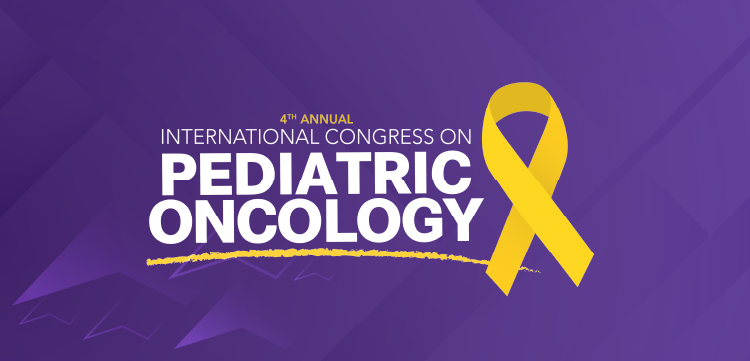
Infertility Care and the COVID-19 Pandemic
One of the infrequently discussed health outcomes that can be impacted by a pandemic is fertility. Using a cross-sectional study, a research team reported incremental increases in infertility during this period.
According to the
Beyond morbidity and mortality associated with COVID-19 or as a result of hurdles to care, there are health implications of living in a pandemic. One of the infrequently discussed health outcomes that can be impacted by a pandemic is fertility. While there are many aspects of fertility, access to infertility care is a significant piece to those hoping to conceive. A new study published in JAMA Network sought to address the impact and trends in infertility care
It was recommended by the American Society for Reproductive Medicine (ASRM) in March 2020 that infertility care be suspended due to the pandemic. The following month, ASRM recommended cautious continuation of care, which sheds light into one of the potential factors that led to the decreased birth rate in the United States during the pandemic.
Utilizing a cross-sectional study, the research team harnessed the power of an interrupted time series design and de-identified claims data for those insured within the United States and aged between 18-50 years between February 2018 to December 2020. Pulling socio-economic data for a majority of the enrollees and utilizing a linear spline regression to evaluate the COVID-19 pandemic impact on fertility outcomes. From the 8.7 million women eligible for the study, the research team found that there were “incremental increases in infertility and ART service utilization rates before the pandemic (1.2 vs 0.72 per 10 000/y), sharp decreases during care suspension (−50.4 vs −21.6 per 10 000/y), and sharp recoveries after care continuation (96.0 vs 42.6 per 10 000/y) that were sustained through the end of the study. Patterns in infertility and ART services use were similar in all analyses. Before the pandemic, women aged 35 to 37 years had the highest ART utilization rate (29.8 per 10 000), followed by women aged 38 to 40 (24.0 per 10 000), 41 to 42 (16.8 per 10 000), 18 to 34 (6.4 per 10 000), and 43 to 50 (5.0 per 10 000). The decline and recovery in utilization rates varied by age.” Moreover, the authors noted prior to the COVID-19 pandemic, “the ART utilization rate was highest among Asian women (19.1 per 10 000), followed by White, Black, and Hispanic women (9.2, 5.3, and 4.5 per 10 000, respectively; P < .001).”
Overwhelmingly, there is a desperate need to understand and address the impact the pandemic has had on fertility. The findings point to a concern and swift increase in infertility care after April 2020 that frankly exceeded previous levels—meaning that prioritizing access to infertility care and ART in times of crisis is critical.
Newsletter
Stay ahead of emerging infectious disease threats with expert insights and breaking research. Subscribe now to get updates delivered straight to your inbox.








































































































































































































































































































